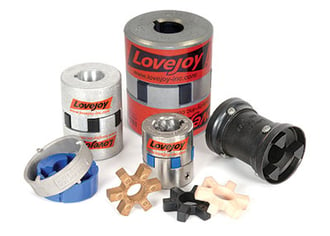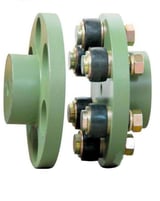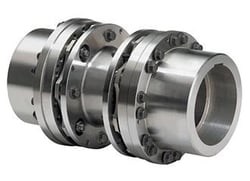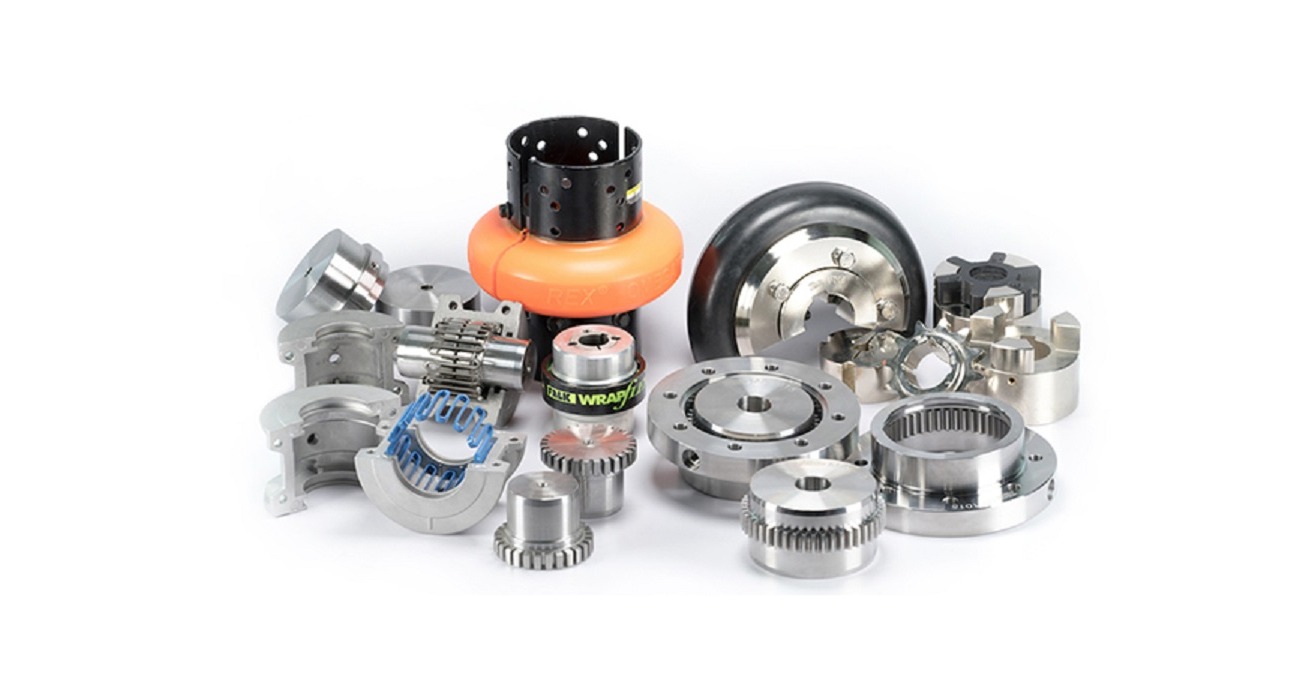Couplings are the mechanical devices, which are being used to transmit torque or power from one shaft to another. They are being used across a variety of industries. It is possible to transmit power through numerous gear arrangements. Couplings will be able to provide much-needed assistance for the people with transmitting power like that. For couplings to be used, the shafts should be positioned in a straight line. Then it is possible to connect them through couplings and proceed with transmitting power.
Different industries that use couplings
Couplings are heavily used within electrical industry and industrial machinery industry. In fact, couplings play a major role behind numerous machineries used during industrial applications. They are capable of delivering the rotation mechanism needed by the machinery to deliver effective work. You can find many different types of couplings, which can be used for a variety of applications. It is up to you to take a look at the specific needs and use the couplings accordingly. There are coupling suppliers, who will provide assistance with getting couplings that are needed for the applications. For example, if you need shaft coupling for an application, you should think about contacting a shaft coupling supplier.
Different coupling types
Below mentioned are the different coupling types available out there in for industrial applications. Any person who works with industrial equipment that use couplings should have a strong understanding about different coupling options available. Then it is possible to get the maximum returns offered out of them.
1) Jaw coupling application
 (Image source: Lovejoy)
(Image source: Lovejoy)
Jaw couplings are designed to provide assistance with transmitting torque, while accommodating misalignments and dampening system vibrations. The jaw couplings are usually being used to connect a motor shaft to a drive roller that comes with conveyor. This is one of the best coupling applications available for applications where there is no need to have a zero back lash and a high level of accuracy. You can expect to discover some excellent misalignment capabilities out of jaw coupling. On top of that, jaw coupling applications are capable of transmitting high torque.
2) Flexible coupling application

(Image source: NIS)
If the two shafts are slightly misaligned, you will not be able to proceed with jaw coupling. This is where flexible coupling would come into play. Flexible couplings allow for some degree of coaxial misalignment; some types can even be used to join shafts that meet at different angles.
One of the most common examples of flexible coupling is pin and bush coupling.
A modified version of the flange coupling to allow for slight misalignments, the bushed pin type uses rubber bushes over pins instead of bolts. The pins are fastened tightly to one flange by nuts, but kept loose on the other, accommodating for slight misalignment between the shafts. The rubber bushes also absorb shock and vibrations during machine operation.
One of the key characteristics that you can discover in flexible coupling is that it offers almost no backlash. You can get an excellent torsion rigidity out of flexible coupling as well. On top of that, the angular and lateral misalignment capabilities also come along with flexible coupling. Hence, you will be able to use that in applications where the two shafts are misaligned with each other.
3) Disc coupling application

(Image source: Rexnord)
Disc coupling can be considered as a motion controlling coupling type, which has the ability to deliver a high performance output. Disc coupling can connect two shafts together and act as the torque transmitting element. In the meantime, it has the ability to accommodate shaft misalignment as well.
The most prominent feature that you can discover in disc coupling is that it remains flexible at all times. It would also remain torsionally strong. Hence, you will be able to use high torque loads along with disc coupling without keeping a doubt in mind.
For example, disc coupling can be used to connect a servo motor to ball screws. Then it is possible to move an attached workpiece table to different position. Disc coupling is offering high torsion rigidity and low backlash. On the other hand, they offer excellent torque capabilities and misalignment capabilities as well. Hence, you can contact a shaft coupling supplier Singapore and get them for related applications.
Now you are aware about the different types of couplings and the applications associated with them. It is important to ensure that you always seek the assistance of an expert to get coupling that you want and avoid these common mistakes when using couplings. A reputed shaft coupling distributor Singapore will deliver that support to you and help you with getting maximum returns offered out of coupling.
Choosing The Right Type of Coupling
It is important that the right type of coupling is chosen for your specific application to ensure maximum uptime and prolonged reliability for your equipment.
At SLS, our engineers have specialized knowledge in couplings who can provide recommendations and solutions based on your coupling needs. If you would like to learn more on how to select the right coupling for your equipment or operation, please click on the button below:







